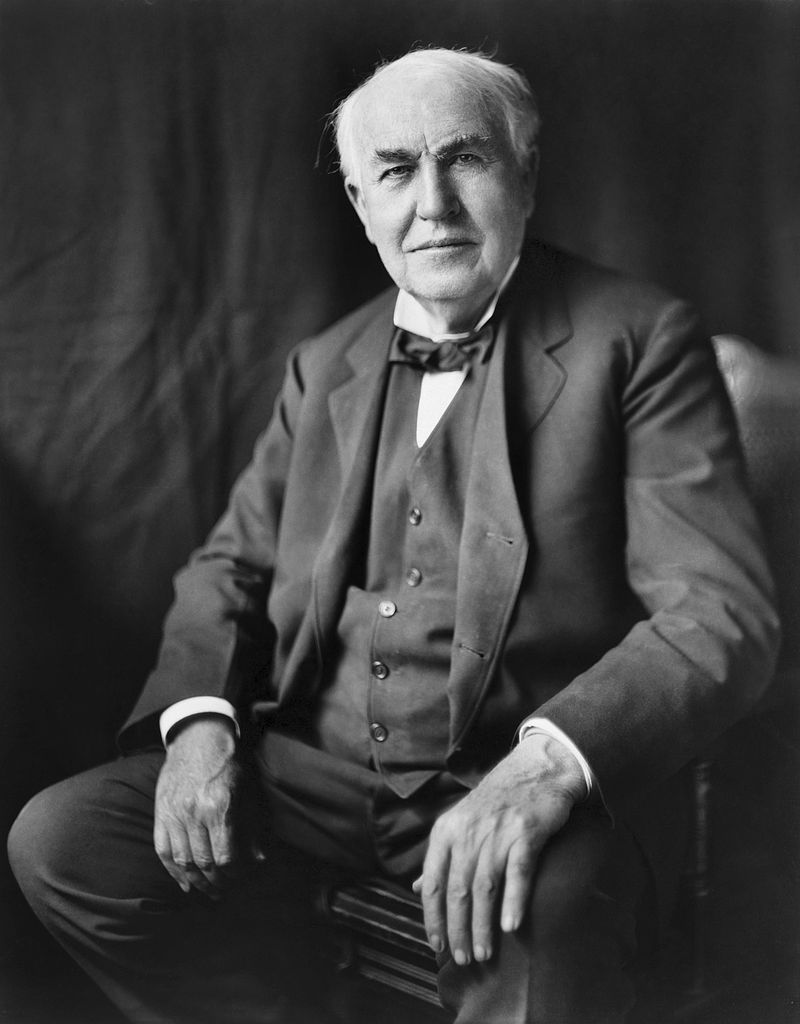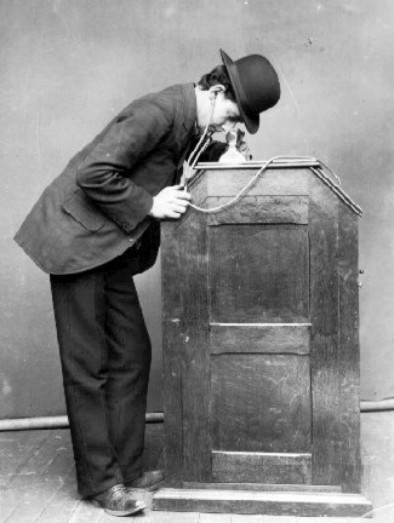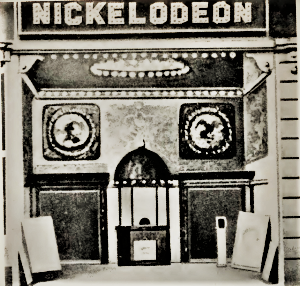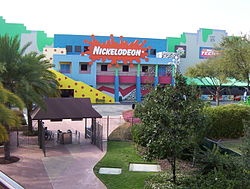by Robert George Armstrong, Oakdale, Minnesota
Rise of Motion Pictures
Motion pictures, or films, started in France in the late 1800s. The first picture that featured motion was created in 1888 by Louis Le Prince. However, it was not until the late 1890s that motion pictures became popular. “The Arrival of a Train at La Ciotat Station” by the Lumiere brothers in 1895 was the first motion picture to be screened before an audience in Paris. It was much shorter than the movies shown in recent times. The film simply portrayed a train pulling into a railway station. After its success, many other filmmakers experimented with storytelling through motion pictures.
Thomas Edison and Film Technology


In the U.S., Thomas Edison was not only an inventor of new film technology, but he also was a major producer of motion pictures. He set up the country’s first film studio, the Black Maria, behind his workshop in New Jersey. At the studio, short films to be viewed on Edison’s Kinetoscope device were produced. The Kinetoscope was contained inside a wooden case. It allowed a person to watch a film produced by running a strip of pictures along a light source, displaying it on a small screen inside it. On the top of a Kinetoscope was a viewer, like a pair of binoculars, which you would look into to watch the movie. Unfortunately, this meant only one person could see the film at a time. However, it was the precursor to the motion picture projector, which made it possible for several people to see a film at once.
Nickelodeon Theaters
The first motion picture theaters were called nickelodeons, because theatergoers only paid five cents for admission. These theaters helped motion pictures spread in popularity. Because the technology was not very sophisticated, the motion pictures were short in duration. These films frequently demonstrated newly developed filming techniques. As filmmaking technology improved, movies became longer.
Hollywood Film Studios
It was in the 1920s that Hollywood became the center of the motion picture industry. Initially, the films were all silent, but eventually filmmakers were able to incorporate sound. Early on, actors were required to sign a contract with a specific studio and be a star of their films. Today, actors are independent freelancers, not required to sign on with any specific studio.
Advancements in Film Technology
There have been further advancements in filmmaking technology. During the 1950s, when television became a major competitor of cinema, 3-D technology was created to bring people back into theaters. 3-D had a resurgence in the 2000s. More recently, CGI has been used to try to create more realistic looking special effects. The motion picture industry has continued to adapt to changing circumstances. Because of the pandemic, it has had to show several films on streaming services, although now movies are being shown in theaters again. Since films have been popular for over a century, it is almost certain that the motion picture industry will continue well into the future and keep on evolving as it does.
Images free from Historictheaters.org, wikipedia.org.


